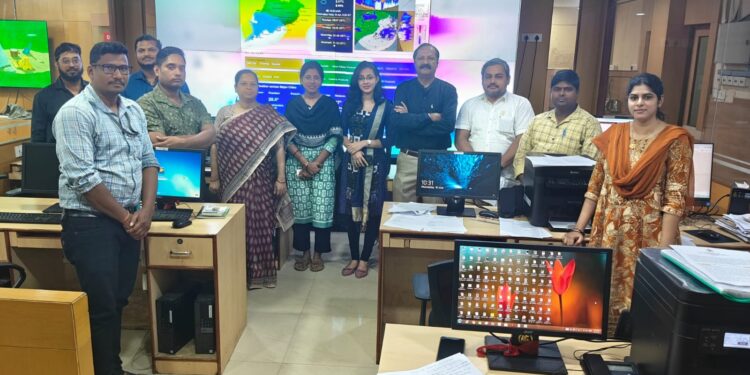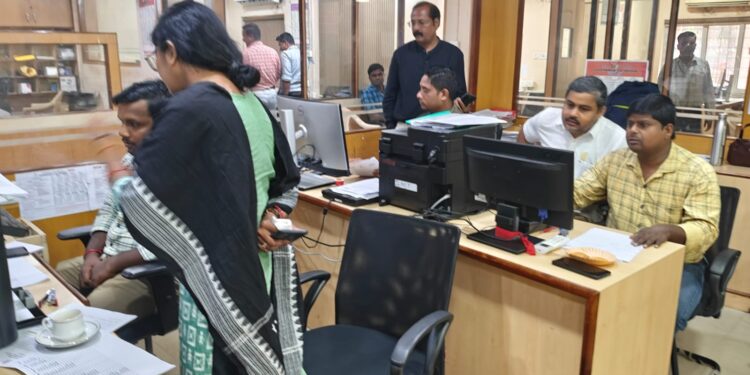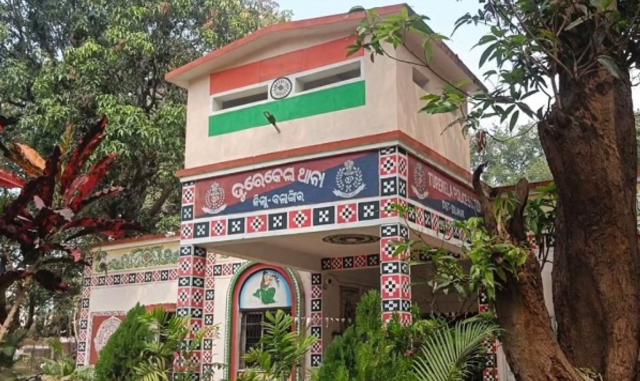Odisha reaffirmed its commitment to disaster resilience with the successful completion of its Annual Table Top and Disaster Management Exercise on June 18-19, 2025, spanning all 30 districts.
Organised by the Office of the Special Relief Commissioner (SRC) and the Odisha State Disaster Management Authority (OSDMA), the exercise aimed to foster a culture of preparedness, evaluate emergency response mechanisms, and identify areas for improvement in the face of natural calamities.
On June 18, a comprehensive Table Top Exercise was conducted at district headquarters, blocks, and Urban Local Bodies (ULBs) across the state. The sessions brought together a diverse group of stakeholders, including government officials from various departments, elected representatives, disaster response forces such as the National Disaster Response Force (NDRF) and Odisha Disaster Rapid Action Force (ODRAF), and non-governmental organisations (NGOs). Participants engaged in scenario-based discussions covering a range of disasters, including cyclones, heavy rainfall, floods, landslides, snakebites, lightning, droughts, and tsunamis. The exercise emphasised clarifying roles, responsibilities, and preparedness measures to ensure coordinated action during emergencies.
The following day, June 19, saw the Disaster Management Exercise unfold at all 909 Multipurpose Cyclone and Flood Shelters across Odisha. Simulated bulletins from the India Meteorological Department (IMD) on cyclones, heavy rainfall, floods, landslides, and tsunamis were relayed from the State Emergency Operation Centre (SEOC) to District Emergency Operation Centres (DEOCs). These bulletins triggered mock evacuations at the village level, testing the efficiency of information dissemination and response protocols.
At the shelters, the exercise saw enthusiastic participation from local communities, including villagers, elected representatives, Accredited Social Health Activists (ASHA), Anganwadi workers, Women Self-Help Groups (SHGs), Task Force Volunteers, Aapdamitras, and members of Cyclone and Flood Shelter Management and Maintenance Committees. Community-based organisations also played a pivotal role. Teams from Fire & Emergency Services, NDRF, and ODRAF actively participated in various shelters, simulating rescue and relief operations. The coordinated effort underscored Odisha’s robust disaster management framework, honed through years of experience in tackling frequent natural disasters.
The exercise was meticulously coordinated by officials from the SRC, OSDMA, and IMD’s Regional Centre in Bhubaneswar, alongside nodal officers from various government departments and disaster response forces. “This annual exercise is a cornerstone of Odisha’s disaster preparedness strategy,” said an OSDMA official. “It not only tests our systems but also builds confidence among communities to face adverse situations.”
Odisha’s proactive approach to disaster management has earned it global recognition, particularly for its handling of cyclones like Phailin (2013) and Fani (2019). The state’s network of multipurpose shelters, early warning systems, and community-driven response mechanisms is considered a model for disaster-prone regions worldwide. The 2025 exercise further strengthened these systems by identifying gaps and fostering inter-agency collaboration.
As climate change intensifies the frequency and severity of natural disasters, Odisha’s focus on preparedness remains unwavering. The state’s ability to conduct such large-scale drills across diverse terrains—from coastal districts vulnerable to cyclones to hilly regions prone to landslides—demonstrates its holistic approach to disaster risk reduction.
The exercise concluded with a review session to document lessons learned and outline actionable improvements. Stakeholders expressed optimism that the insights gained would further enhance Odisha’s resilience, ensuring the safety and well-being of Odisha residents in the face of future challenges.






























